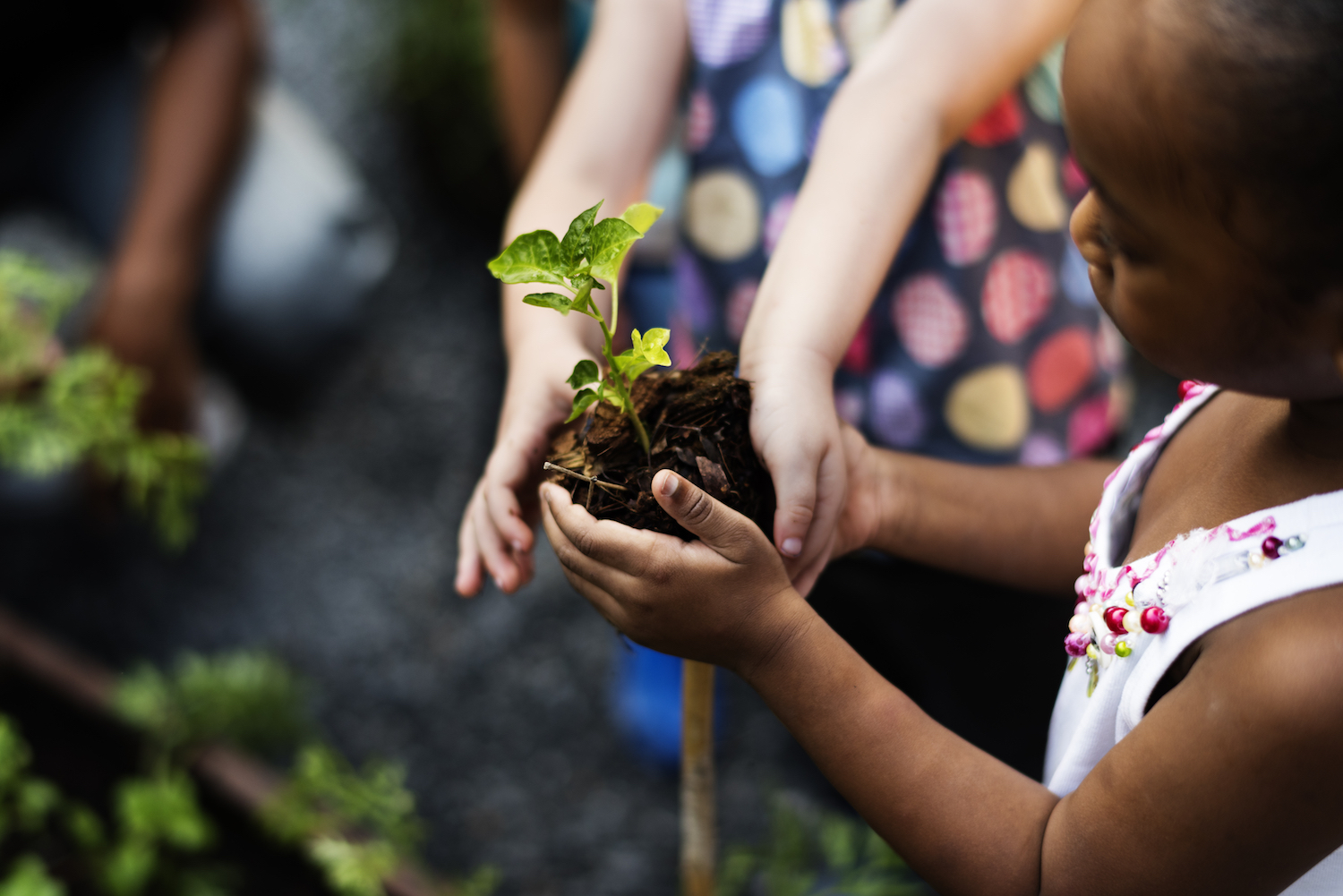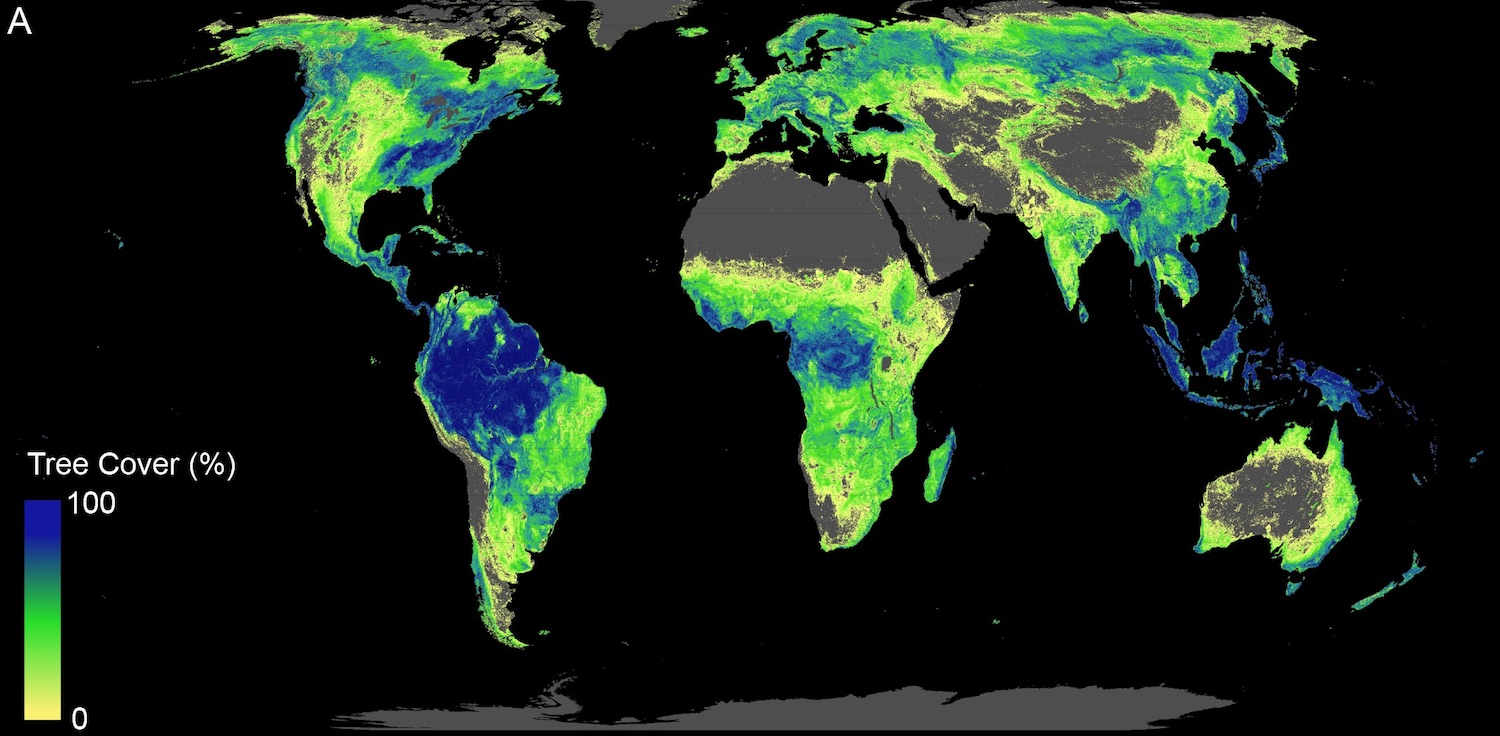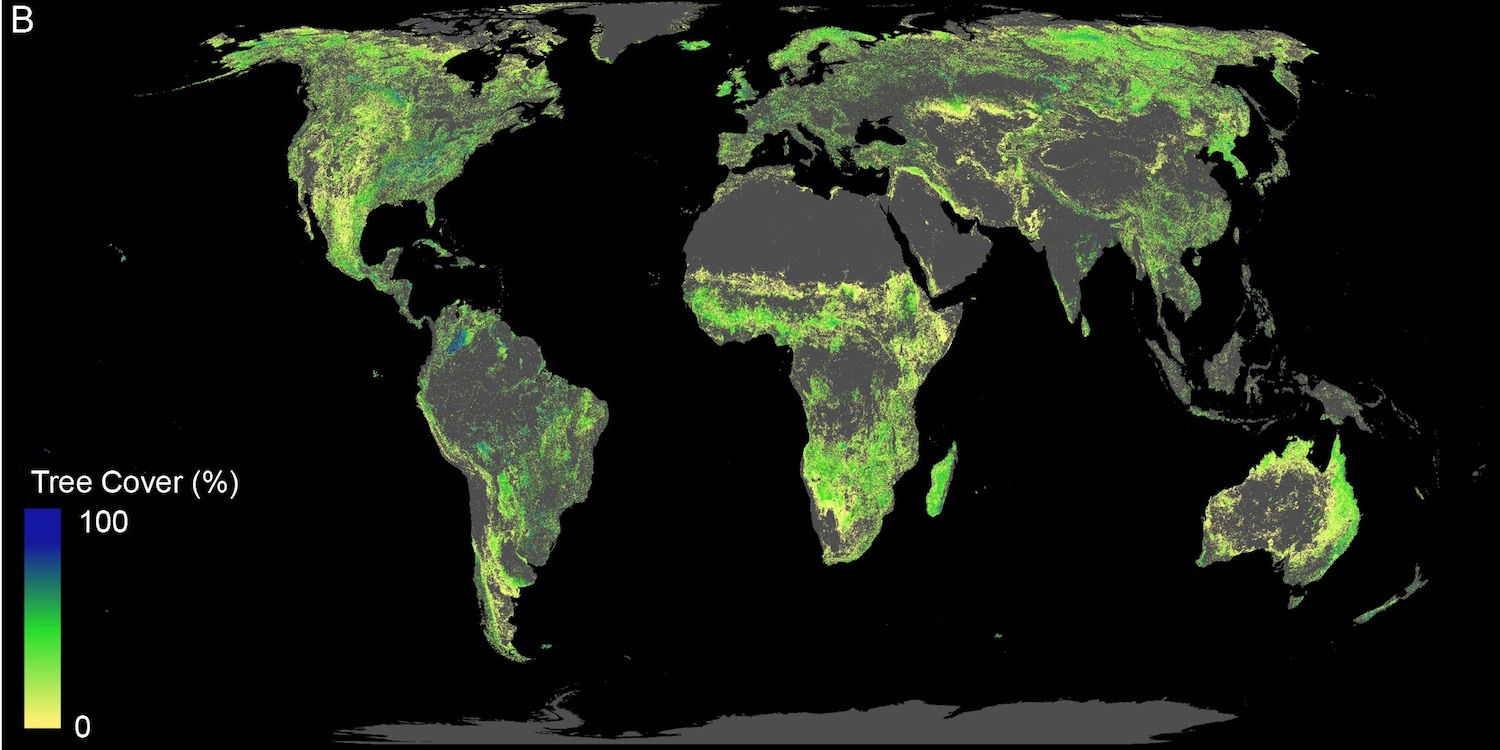Want to Fight Climate Change? Plant 1 Trillion Trees.

Want to help save the world from climate change? Then grab some seeds, or some seedlings, and start planting trees like there's no tomorrow.
At least 1 trillion of them, and fast.
That may sound like a lot of trees, but the Earth has room for their gnarled bows and branches. In a new study that excluded cities and agricultural areas, researchers found that the planet has nearly 3.5 million square miles (9 million square kilometers) to spare for trees. Such newly planted trees could cut carbon (a part of the greenhouse gas carbon dioxide) in the atmosphere by nearly 25%, bringing it down to levels not seen for nearly 100 years, the scientists said. [Image Gallery: A Rainbow of Fall Leaves]
The study shows where in the world these trees could be planted, and how much carbon they could store. (Trees take carbon dioxide from the atmosphere and use it in a process called photosynthesis, which allows them to grow, ultimately storing that carbon in their leaves and other parts.) Russia has the most space at 583,000 square miles (1.5 million square km), followed by the United States at 397,700 square miles (1 million square km), the researchers found. The next top contenders are Canada with 302,700 square miles (784,000 square km), Australia with 223,900 square miles (578,900 square km), Brazil with 191,900 square miles (497,000 square km), and China with 155,200 square miles (402,000 square km) available for new green shoots.
In all, this area is equal to about the size of the United States.

"We all knew restoring forests could play a part in tackling climate change, but we had no scientific understanding of what impact this could make," study senior author Thomas Crowther, an assistant professor of ecology at the Swiss Federal Institute of Technology, Zurich (ETH Zurich), said in a statement.
The team's calculation "shows clearly that forest restoration is the best climate change solution available today," Crowther added.
Sign up for the Live Science daily newsletter now
Get the world’s most fascinating discoveries delivered straight to your inbox.
Planting trees in these regions would increase Earth's forest-covered land by a third, all without affecting land humans use for cities and agriculture. Once these trees have matured, they could store 225 billion tons (205 billion metric tons) of carbon, or about two-thirds of the 330 billion tons (300 billion metric tons) of carbon that humans have released into the atmosphere since the Industrial Revolution began.
The unfolding greenery could help limit Earth's warming climate. The most recent Intergovernmental Panel on Climate Change (IPCC) report found that adding an additional 3.8 million square miles (10 million square km) of forestland could limit climate change to 2.5 degrees Fahrenheit (1.5 degrees Celsius) by 2050. But this number may change, as climate change factors tend to accelerate quickly, meaning that even more trees than the IPCC calculated in their report may be needed to achieve that goal, the researchers said.

The Swiss team came up with their forecasts by using a dataset of nearly 80,000 forests and combining that with Google Earth Engine, which allowed them to make a predictive model of tree cover.
However, even if the trees are planted pronto, their effects won't be immediate.
"It will take decades for new forests to mature and achieve this potential," Crowther said. "It is vitally important that we protect the forests that exist today, pursue other climate solutions and continue to phase out fossil fuels from our economies in order to avoid dangerous climate change."
The study was published online yesterday (July 4) in the journal Science.
- Earth Day: Our Favorite Photos of the Planet
- Image Gallery: Fossil Forest in the Canadian Arctic
- Gallery: Brazil's Vanishing Birds | Atlantic Rainforest
Originally published on Live Science.

Laura is the archaeology and Life's Little Mysteries editor at Live Science. She also reports on general science, including paleontology. Her work has appeared in The New York Times, Scholastic, Popular Science and Spectrum, a site on autism research. She has won multiple awards from the Society of Professional Journalists and the Washington Newspaper Publishers Association for her reporting at a weekly newspaper near Seattle. Laura holds a bachelor's degree in English literature and psychology from Washington University in St. Louis and a master's degree in science writing from NYU.









